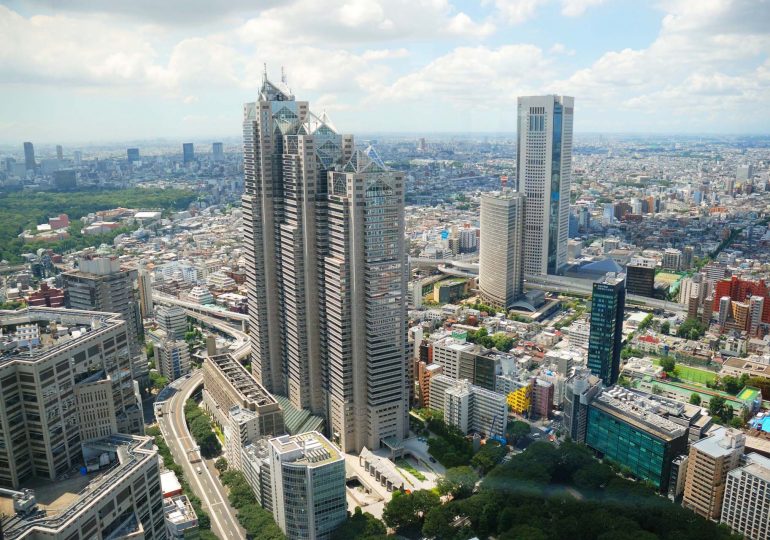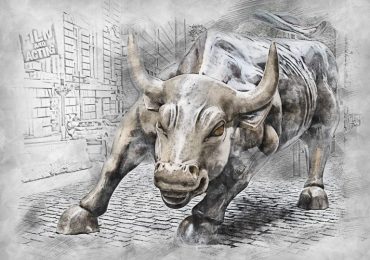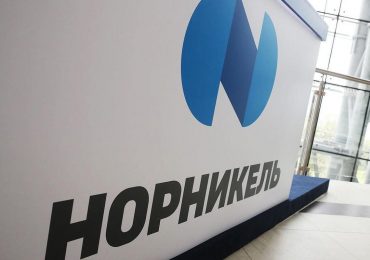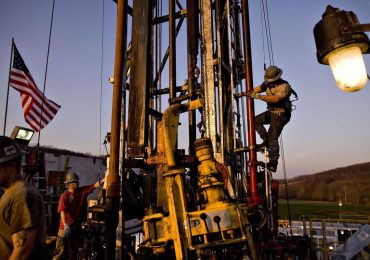Tokyo Stock Exchange is a part of the global Japanese platform
One of the largest trading floors for securities is Tokyo Stock Exchange. It started back in 1878, and in 2012 was absorbed by Osaka Stock Exchange. This is how the united Japan Exchange Group (JPX) emerged, which, by capitalization, ranks third in the world after the NYSE and NASDAQ.
H3: Tokyo Stock Exchange marks Japan’s transition to the market economy
Creation of Tokyo Stock Exchange at the end of the 19th century determined the vector of development of the Japanese economy. Then the country chose between the market and the planned, but in the early summer of 1878 the doors of the exchange opened, removing all questions about the future power. The key person in the history of the site is “the father of Japanese capitalism” Sibusawa Eiichi, entrepreneur and reformer.
Until 1945, the exchange expanded rapidly, absorbing similar sites in other parts of Japan. Its development ceased at the end of the Second World War, when the nuclear bombings of Hiroshima and Nagasaki took place. Then there was a general collapse of the Japanese economy.
From the crisis, the country and the site came through in the 50s, helped by an improved law on securities. The revived stock market began to gain momentum rapidly. Beginning in 1968, the share price of local enterprises grew steadily, and the “economic miracle” allowed it to become one of the most technologically advanced countries in the world.
The 7-year period from 1983 to 1990, during which Tokyo Stock Exchange became the leader in terms of the capitalization of the companies represented at it, came out particularly shock for the site. Then about 60% of the world’s stock market volume was based here.
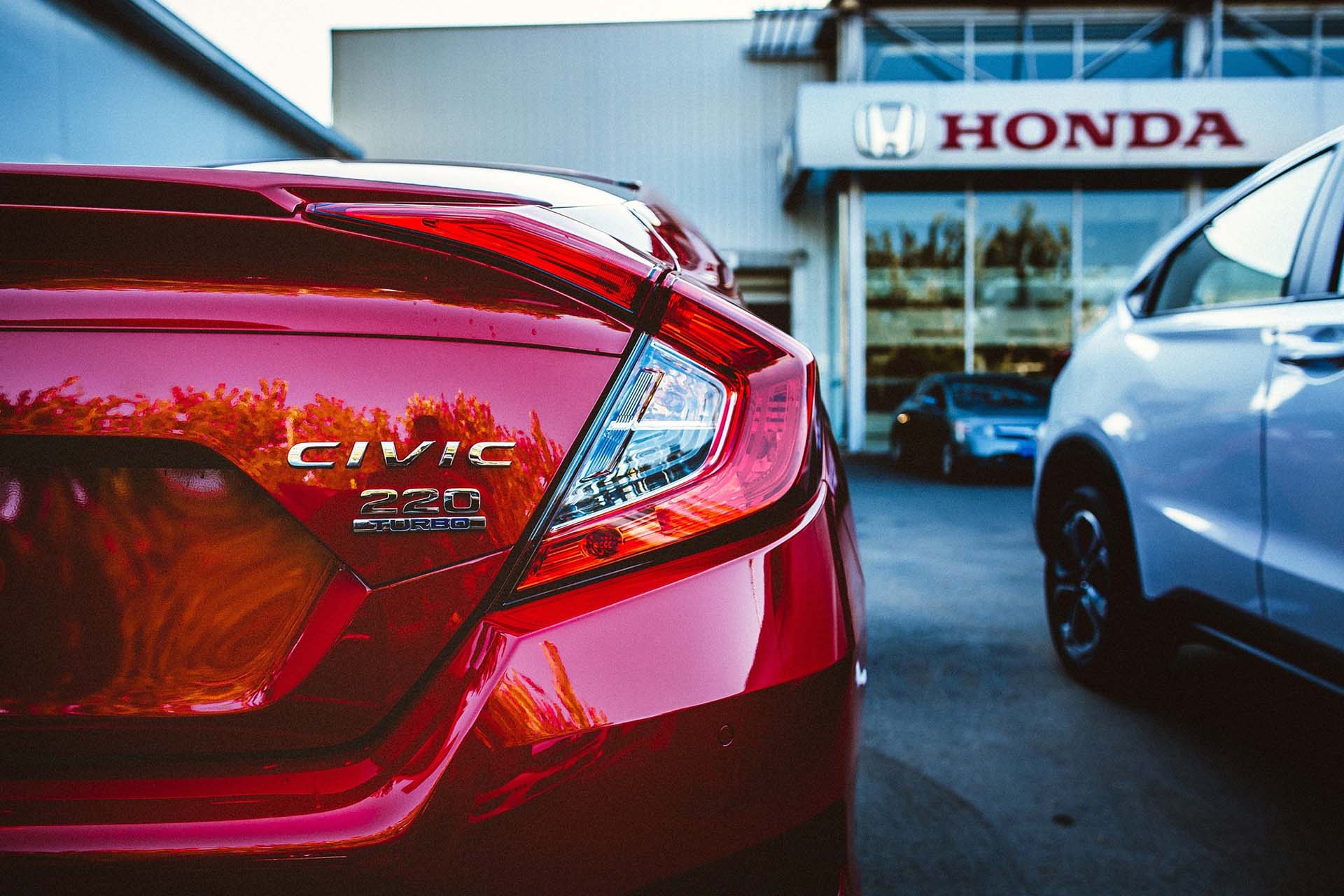
In the spring of 1999, the exchange finally switched to electronic trading. Despite the development of the country, before all operations on the platform were “alive”.
Which companies have listing on Tokyo Stock Exchange?
Of course, the Japanese are paying special attention to the shares of enterprises that glorify the country throughout the world. Therefore, on the exchange it is possible to buy securities of local automakers: Honda, Mazda, Nissan and others. In addition, here are traded shares of popular manufacturers of photo, audio and video: Sony, Canon and Nikon.
Quotes of all exchange participants are divided into three categories. The first category includes those that have the largest capitalization. The second category includes medium-sized companies. The participants of the latter are fast-growing companies and industries.

